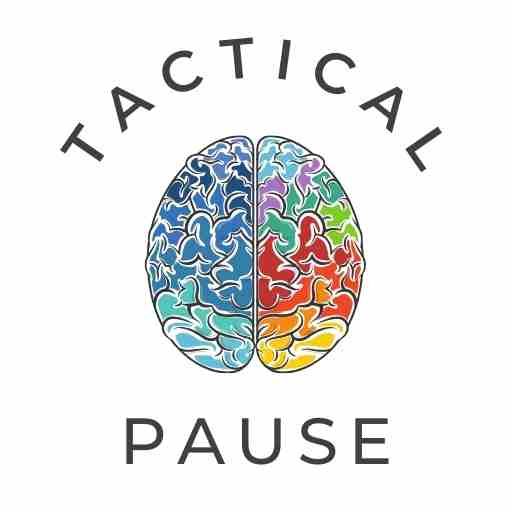Description
Hatha Yoga is a branch of yoga that focuses on physical postures (asanas) and breath control (pranayama) to balance and harmonize the body, mind, and spirit. The term “Hatha” is derived from two Sanskrit words: “Ha” meaning sun and “Tha” meaning moon, symbolizing the balance between opposing forces. Hatha Yoga classes are typically slower-paced than other yoga styles, making them suitable for beginners and those seeking a more relaxed practice.
Benefits
- Improves Flexibility and Strength: Regular practice increases flexibility, strengthens muscles, and enhances overall physical fitness.
- Enhances Respiratory Health: Focus on breath control improves lung capacity and respiratory function.
- Reduces Stress and Anxiety: The combination of physical postures and deep breathing calms the mind and reduces stress levels.
- Boosts Mental Clarity and Focus: Helps to improve concentration and mental clarity.
- Promotes Mind-Body Connection: Encourages a deeper awareness of the body and mind, fostering a sense of balance and harmony.
Steps
- Find a Quiet Space: Choose a calm, quiet environment where you can practice without distractions. Use a yoga mat for comfort.
- Start with Warm-Up Poses: Begin with gentle stretches to prepare your body. Examples include Cat-Cow Pose, Child’s Pose, and gentle spinal twists.
- Practice Basic Asanas:
- Mountain Pose (Tadasana): Stand tall with feet together, arms at your sides, and shoulders relaxed. Breathe deeply and feel grounded.
- Downward-Facing Dog (Adho Mukha Svanasana): From hands and knees, lift your hips and straighten your legs, forming an inverted V-shape. Press your hands into the mat and lengthen your spine.
- Warrior I (Virabhadrasana I): Step one foot forward into a lunge, keeping the back leg straight. Raise your arms overhead, and keep your hips square to the front.
- Tree Pose (Vrksasana): Stand on one leg, placing the sole of the other foot on your inner thigh or calf. Bring your hands to prayer position in front of your chest.
- Bridge Pose (Setu Bandhasana): Lie on your back with knees bent and feet hip-width apart. Lift your hips towards the ceiling, clasping your hands underneath your back.
- Focus on Breath Control (Pranayama):
- Deep Breathing: Inhale deeply through your nose, filling your lungs, and exhale slowly through your nose. Practice this for several breaths.
- Alternate Nostril Breathing (Nadi Shodhana): Close your right nostril with your thumb and inhale through your left nostril. Close your left nostril with your ring finger, open your right nostril, and exhale through the right nostril. Inhale through the right nostril, close it, and exhale through the left. Repeat for several cycles.
- Cool Down with Relaxation Poses:
- Seated Forward Bend (Paschimottanasana): Sit with legs extended and fold forward, reaching for your feet.
- Corpse Pose (Savasana): Lie on your back with arms at your sides and legs relaxed. Close your eyes and focus on your breath, allowing your body to fully relax.
- End with a Short Meditation: Sit comfortably with eyes closed, focusing on your breath and observing your thoughts without judgment.
Guided Class
Research
- Effects of Hatha Yoga on Stress Management and Well-Being: This study discusses the impact of Hatha Yoga on reducing stress and improving overall well-being (Link to Study).
- Hatha Yoga for Health: Research on the benefits of Hatha Yoga for physical and mental health (Link to Study).
Important Note
Hatha Yoga is generally safe for most individuals. However, if you have any medical conditions or injuries, it is advisable to consult with a healthcare professional before starting a new yoga practice. Always practice in a comfortable and safe environment to maximize the benefits.
The wellness exercises and content provided on this website are for informational purposes only and are not a substitute for professional medical advice, diagnosis, or treatment. Always consult a healthcare professional before beginning any new exercise regimen, and never engage in these practices in environments where loss of consciousness could lead to injury. Tactical Pause is not liable for any harm or injury resulting from the use of information provided herein.
